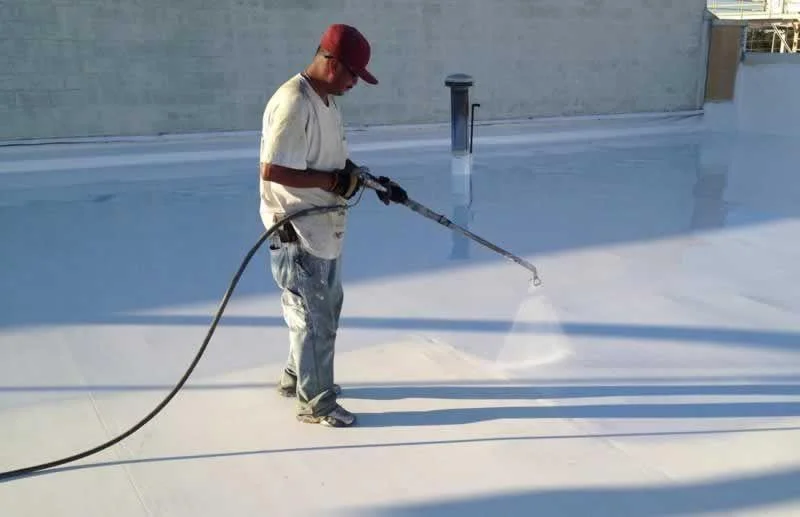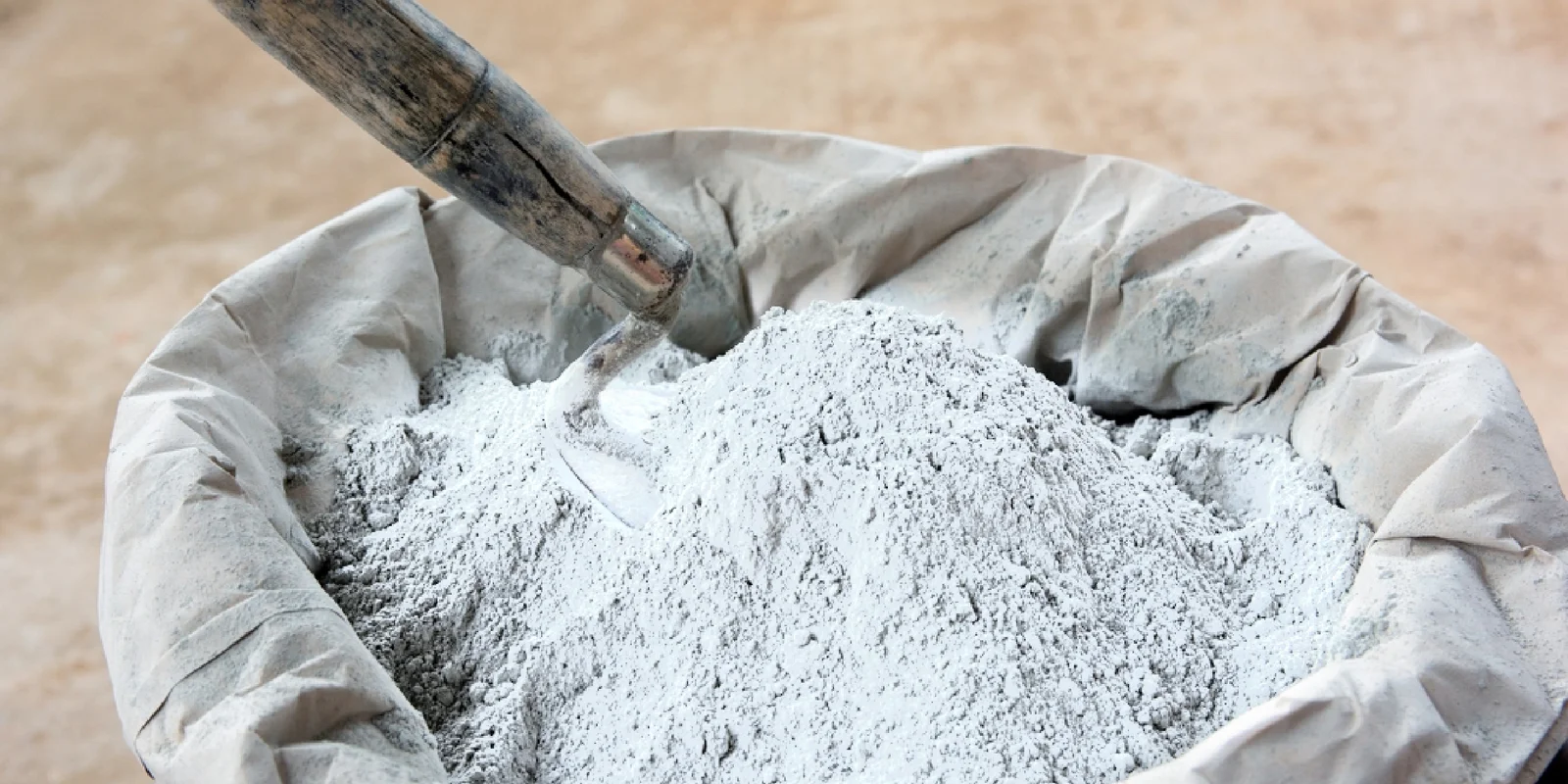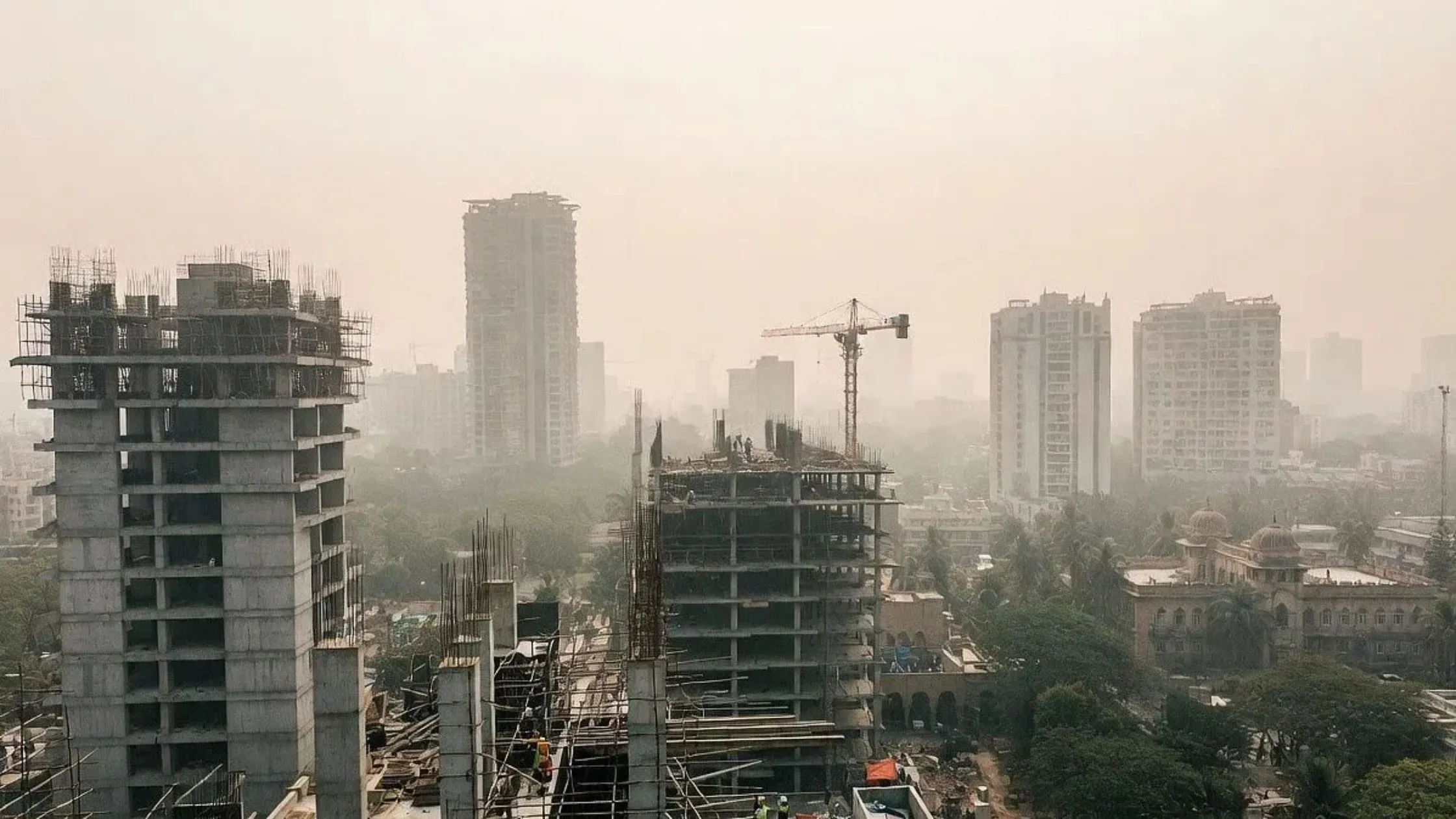Table of Content
Building efficiency is increased and protection from snow and rain is provided by roof waterproofing. You can learn everything about waterproofing a roof here.
If you're building a house and want to have a flat ceiling design, roof waterproofing is an essential component. This is especially true if you live somewhere where it rains a lot. Waterlogging is a major factor in the destruction of building foundations, thus waterproofing is crucial if you want to keep your house safe for a very long time.
 Rooftop waterproofing protects structures from the elements by acting as a barrier. The roof must be well insulated to shield the building from rain and snow, which will increase the building's lifespan and efficiency.
Rooftop waterproofing protects structures from the elements by acting as a barrier. The roof must be well insulated to shield the building from rain and snow, which will increase the building's lifespan and efficiency.
Why does a cool roof matter?
Roof waterproofing elements act as a barrier between the building and rain and snow to stop any potential leaks. In this way, the building is protected by a reliable system, does not leak or promote the growth of mold and fungus, and maintains efficiency. The majority of contemporary roof coatings have the benefit of being reflecting white, which scatters many UV rays and causes the rooftop to become cooler when exposed to direct sunshine.Factors to consider before embarking on a roof waterproofing project
Adhesive strength
There are numerous choices when it comes to choosing an effective roof waterproofing technique. A solid bond between the solution and the roof is ensured by the bonding strength, which is crucial for effective waterproofing.Surface cleaning
Surface preparation is an important factor in the success of all waterproofing techniques, and this must constantly be kept in mind. A top-notch, immaculate, and reliable substrate is necessary. The surface needs to be examined, cleaned, and primed as a result.Resilience material
It is especially important to select a durable roofing material if you live in an area where natural disasters like hurricanes, earthquakes, or hailstorms are frequent.A robust roof can withstand dents and perforations, but one with a small opening in the top layer of protection may allow water to seep in and damage your home. Although no part of a rooftop is totally fire resistant, some roofing materials, such as metal, tile, and asphalt, won't catch fire when exposed to flames or sparks from a nearby fire.Look for the weather
The abrasiveness and heat resistance of your local environment will determine how strict your roofing criteria must be. Certain roofing materials perform better in specific climates. Make sure you and the roofer investigate your options to find the greatest fit for your house.Verify vapour barriers
Materials used for wall proofing must provide more than just moisture protection. Vapor filters or air absorbers must also be utilized. If not, moisture could become trapped in the concrete and timber beneath the insulation, fostering the growth of mould, dampness, and/or fungal.UV Protection
The product you select must be UV-resistant to prevent the membrane from losing its ability to provide energy efficiency.Weight of material
Different types of roofing materials weigh differently. It is crucial to consider it because it could have a detrimental effect on the overall structural integrity of your property. Verify that the foundation of your house is capable of supporting the weight of the roofing material of your choice.Look at the price
The costs of care and maintenance during the roof membrane's lifespan, as well as the cost of epoxy primer after the guarantee period, must be highlighted. When employing materials that are cheap for the job, these costs frequently rise. Poor waterproofing methods typically have modest initial costs but quickly escalate in price.Roof waterproofing materials and methods
One can decide which waterproofing method to apply in a certain circumstance. You can also talk to professionals to be sure what you are doing is right.
Waterproofing liquid membrane
The liquid barrier is composed of two enamel paint layers and a priming coat. To apply the covers, you can use a spray gun, scraper, or trowel. When compared to cementitious waterproofing, liquid waterproofing is thinner and offers more flexibility. A liquid waterproofing overlay can be created by mixing polymer-modified polymers with liquid asphalt.Waterproofing with Polyurethane Liquid Membrane
Another method of waterproofing is the substantially more expensive polyurethane liquid membrane. It is used in places with flat roofs and in areas exposed to the elements. This type of waterproofing is not extremely damp-resistant, despite its flexibility.Bitumen material
Bituminous waterproofing installations are made to protect both residential and commercial buildings. Bitumen, commonly known as asphalt or coal-tar pitch, is a blend of organic substances that is incredibly tenacious, waterproof, and sticky. These techniques, which can be utilized to construct roofs and come in the shape of roll roofing materials or shingle felt, are occasionally employed.Modern methods
Modern methods of waterproofing terraces mix cement and chemicals to form a waterproofing layer. However, due to the low purity of the chemicals, their short shelf life, and their inability to withstand extreme temperatures, they are a poor choice for water-resistant terraces.Cement-based covering
One of the components of cementitious coatings, which are retained on the surface by a binding substance, is portland cement. Cementitious coating is a thixotropic, two-component epoxy-coated modified copolymer covering. High adherence is provided by this coating to both steel and concrete. This coating defends against chemical warfare while shielding masonry or other surfaces from the effects of strong acid gases, dampness, and chlorides.Why is waterproofing your roof important?
The waterproofing of your commercial rooftop affects the entire structural stability of your building, but there are also important financial benefits and safety implications for the people who live and work there.Protects the building from damage
When water and moisture enter your home through a leaking roof, the steel sides and beams that support your home corrode over time. Concrete is a porous material as well, thus the roof must be waterproofed to prevent damage from hazardous compounds that may enter the water.Simple installation
A flat roof can be sealed in roughly one-third of the time it takes to rebuild one. Because waterproofing is sprayed on your roof, it can reach places that one-time roof fixes would not be able to.It prolongs the life of interior design
Mold and mildew start to form on your ceilings when it rains, slowly damaging the aesthetic appeal of your interiors if left untreated. You may extend the useful life of your furniture and decor by waterproofing your roof.Maintains the aesthetic impact of the home
Your carefully constructed home might quickly develop unsightly stains and dark patches as a result of ongoing water seepage. Unwanted water pouring from the roof eventually causes mould and mildew to grow on the walls, which is rather unsightly. A roof can be waterproofed to prevent this unsightliness before it develops a leak.The lifetime of the structure
Water leaks, torrential downpours, snowfall, ice, and humidity cause the components in your building and roof to deteriorate. Each of those materials has an anticipated service life, thus none of them last forever. Because of waterproofing, each of these components stays outdoors. With sealing, your roofing and building will survive longer. There will be less regular maintenance needed, and larger tasks like roof restorations can wait longer.Less humidity
Your building is shielded from water seepage and the damaging effects of frictional heating by a waterproof roof covering. Thanks to waterproofing for flat roofs, mold won't be able to grow within your building. Everyone will experience a greater sense of comfort and protection from more serious structural issues like weakened foundation walls.Durable
Eliminating the danger of major injury is done via waterproofing. Your roof will have an additional layer of protection from the weather and leaks caused by rain, frost, ice, and breeze when it is coated with a waterproof bituminous membrane sheet. While reflecting sunlight, a waterproof bitumen barrier layer reduces the impact of high heat and illumination on your roof. Things to consider before spending money on roof waterproofing- In addition to spending money on roof waterproofing sealants, there are several other considerations to make while building a terrace.
- Inspect the pipes that cross the roof for leaks.
- Assure that there are adequate water outlets placed in strategic areas on the terrace.
- Make sure the water tank is tightly shut if you have one on your roof.
- To ensure that water has a sufficient path to flow out, give even-level terrace spaces a modest slope.










